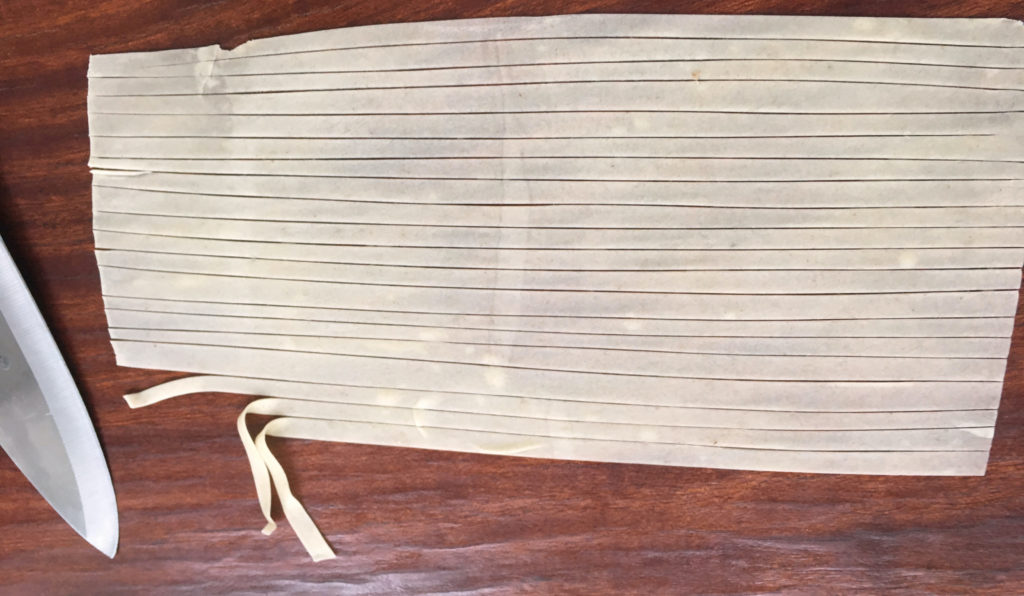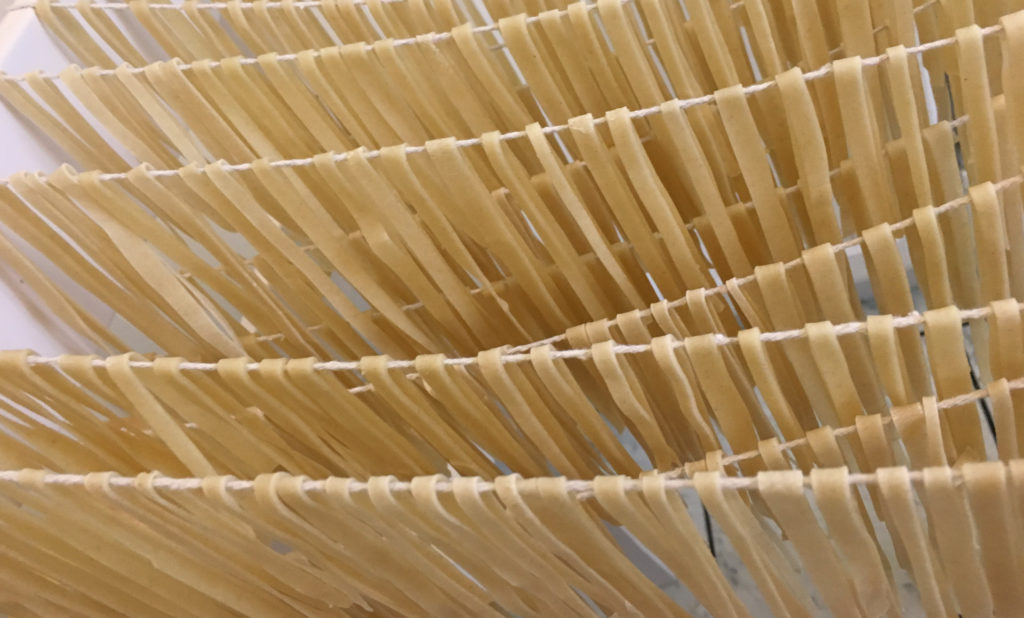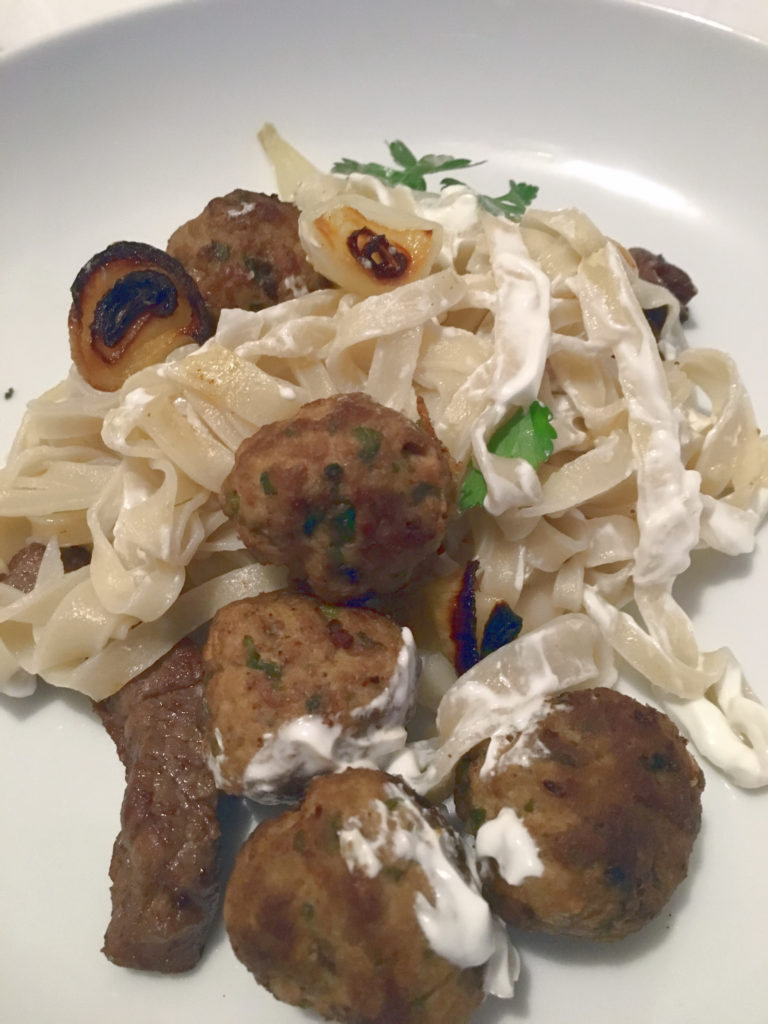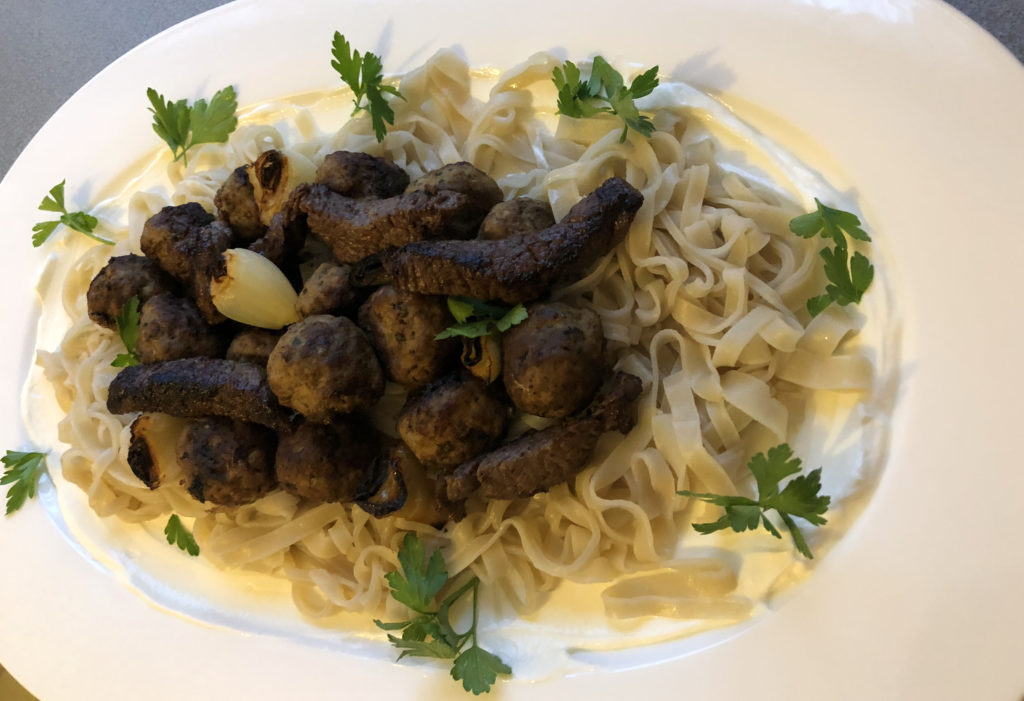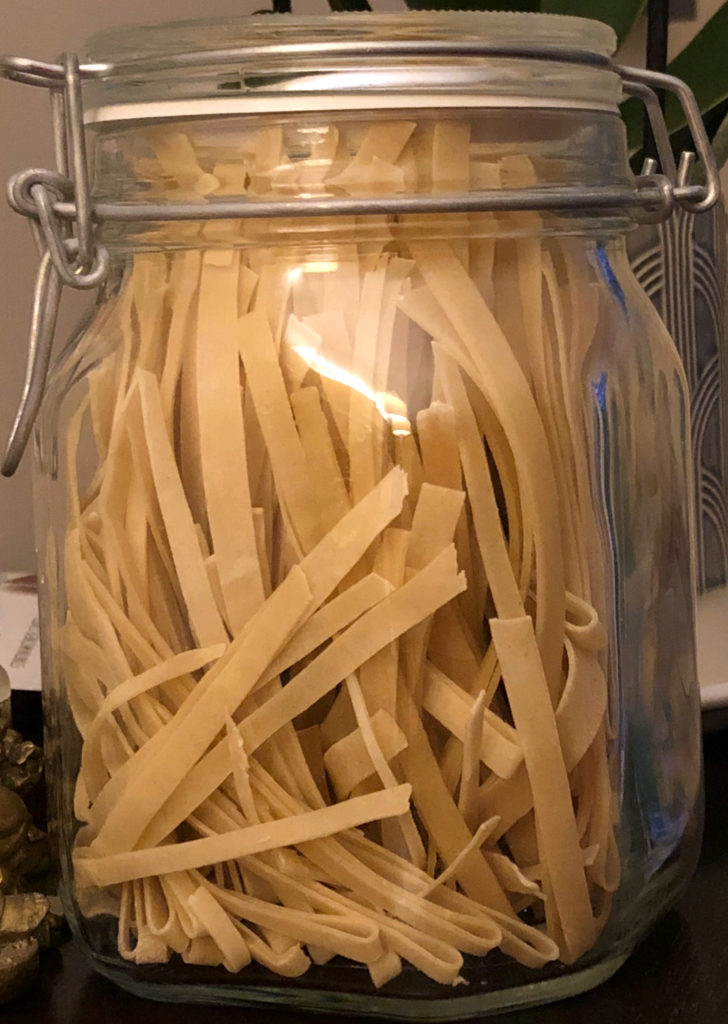A 13th-century Egyptian dish made with jujubes, raisins, blanched almonds, saffron, vinegar, honey, black pepper and the atrāf al-tīb spice mix. It can be either a main, or eaten as a vegetable side dish.
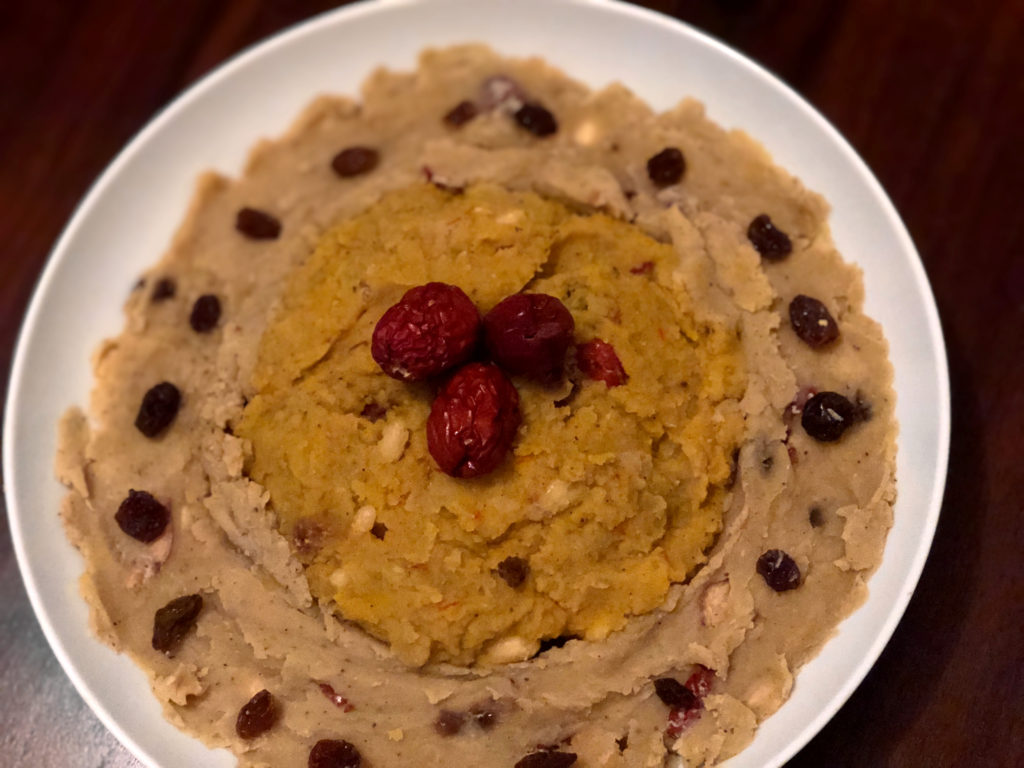
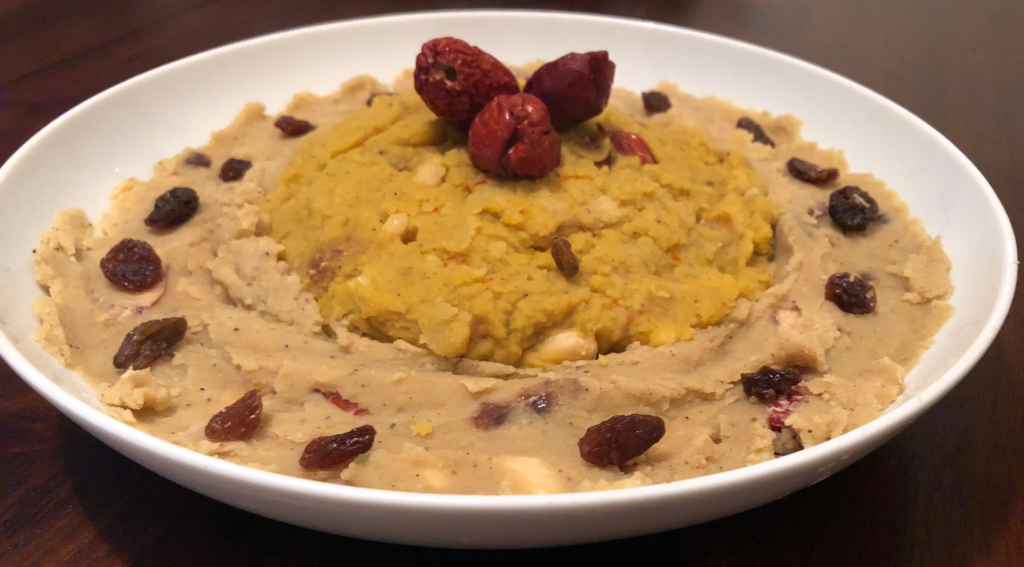

Bringing Medieval Arab Cooking to Life
A 13th-century Egyptian dish made with jujubes, raisins, blanched almonds, saffron, vinegar, honey, black pepper and the atrāf al-tīb spice mix. It can be either a main, or eaten as a vegetable side dish.


This is a recreation of a 13th-century recipe made with semolina flour, yeast and eggs. Braided and served with a sprinkling of sesame seeds, it bears more than a passing resemblance to challa bread! It derives its name from the sponge-like (isfanj) texture. The isfanj dough can also be used to make fritters stuffed with various kinds of nuts. It is in the latter guise that the dish has survived in present-day North Africa (Morocco, Algeria, Tunisia, and Libya) as a type of doughnut, which, depending on the country, is known as sfenj (سفنج), sfinz (سفنز), bambalouni (بمبلوني), ftayer (فطاير), or khfaf (خفاف). [Andalusian, fol. 26r.]
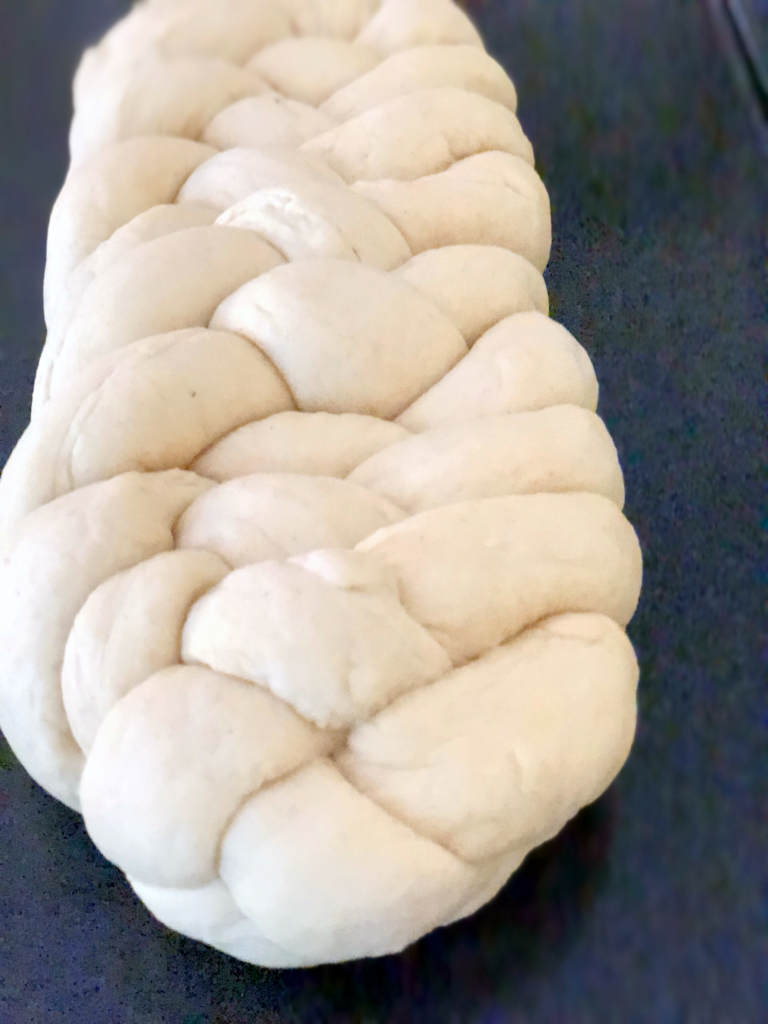
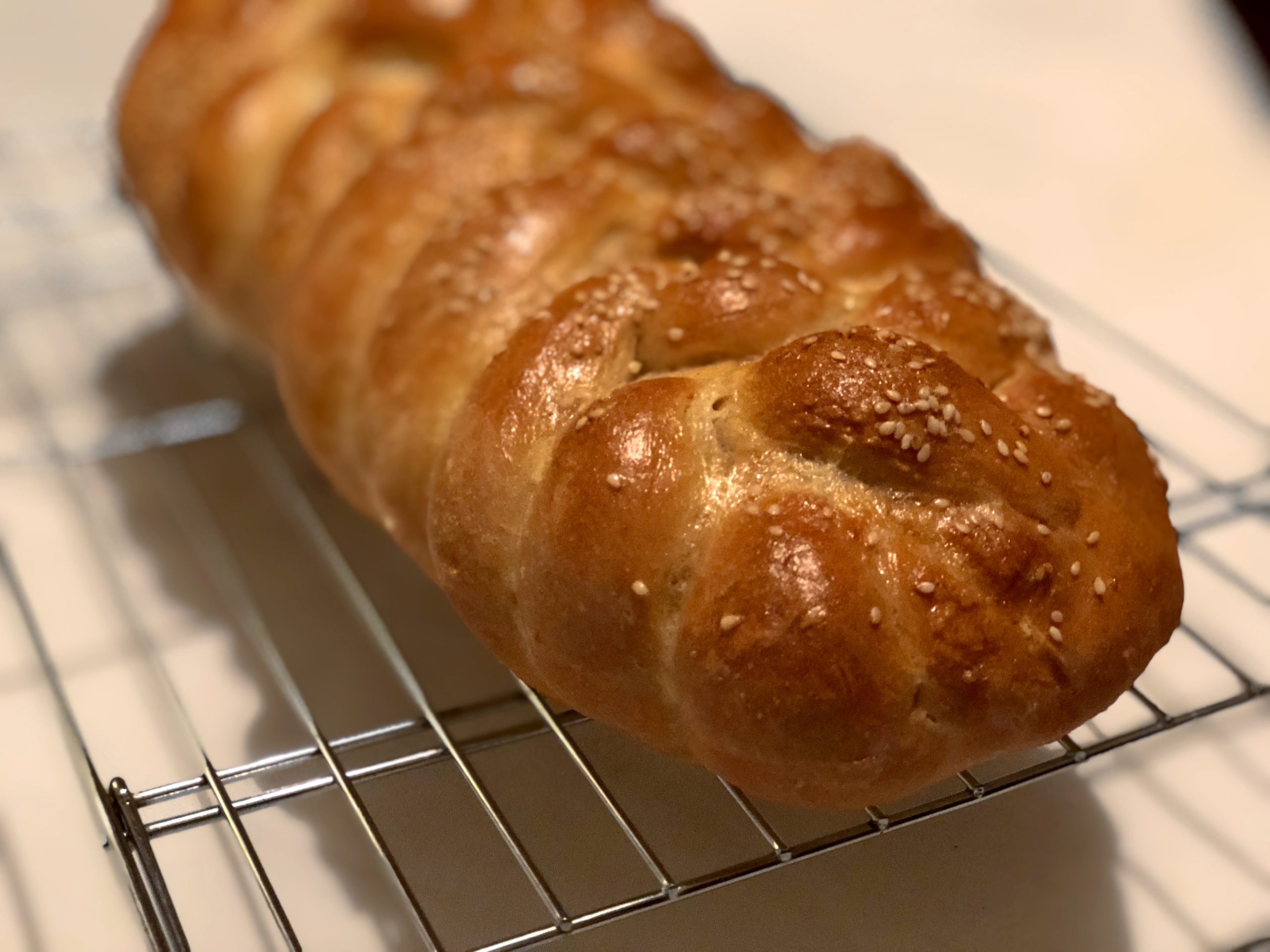
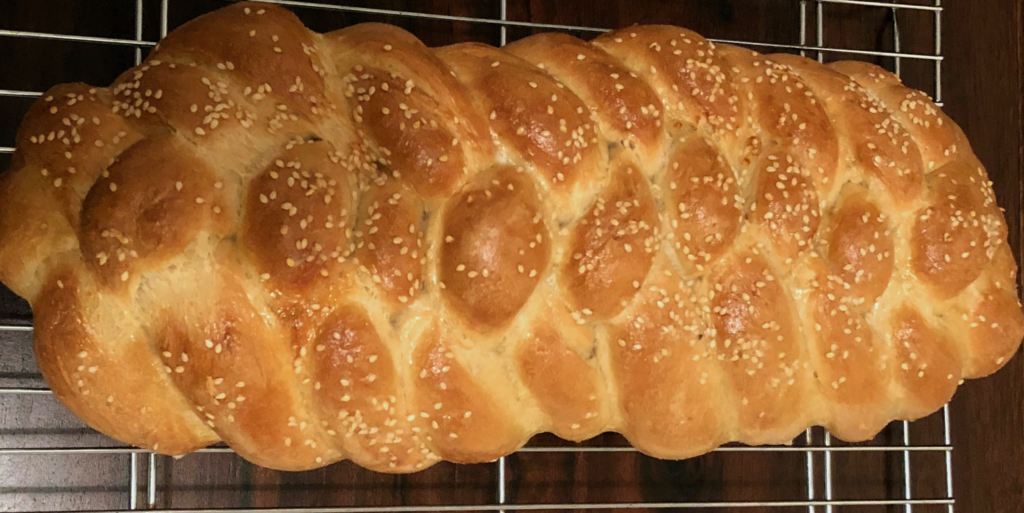
Strictly speaking, the word refers to Jew’s mallow (Corhorus olitorius), a plant commonly associated with Egypt. It derives its name from the Greek molokhê (μολόχη), meaning ‘mallow’. Greek and Roman authors referred to its extreme bitterness, with the first-century Roman naturalist Pliny the Elder already mentioning that it was eaten in Alexandria. The word also denotes a stew made with the leaves of this vegetable, which was quite a popular dish in mediaeval Arab cuisine as several recipes are found in a number of the cookery books. In Islamic medicine and pharmacology, Jew’s mallow was recommended for inflammations, liver and urethral blockages, as an emmenagogic and against headaches. Today, mulukhiyya is still very popular in a number of countries, but the preparations vary somewhat. In its original homeland of Egypt, the leaves are chopped up to make a stew with meat (most often rabbit or poultry). In Lebanon, the method is similar, except that it calls for whole leaves, garlic and coriander. In Tunisia, on the other hand, mulukhiyya is usually eaten on Eid al-Fitr (عيد الفطر), which marks the end of the Ramadan fast, and is prepared rather differently; the leaves are dried and ground, and the subsequent powder is added to tomato paste and olive oil to make a sauce in which meat (typically beef) is then cooked. The recipe recreated here is from the 15th-century, and besides Jew’s mallow and chicken, it includes spices like coriander and caraway, as well as garlic. It can be made with a variety of meats, including rabbit and pigeon, and is delicious with some crunchy bread. [The Sultan’s Feast, No. 88] Although Jew’s mallow may not readily available in supermarkets where you live, you can easily find it in specialty stores these days. If you can’t find it fresh, the frozen variety (often already pre-chopped!) is perfectly fine as well.
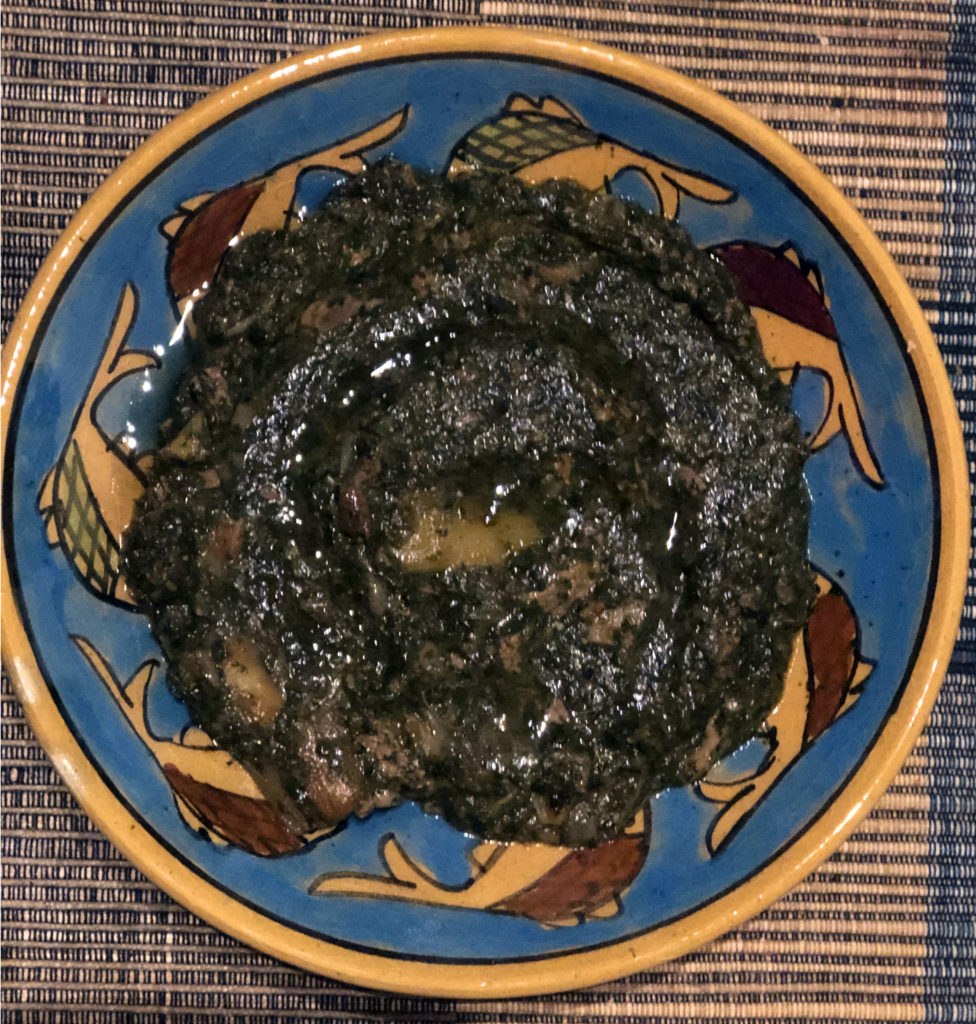
This is a recipe by Nasir al-Din al-Tusi (1201-1274), one of the most famous scholars of the Middle Ages. He claimed the dish remedies foul temperament and strengthens sexual potency. It is made with lamb and onions, coconut oil. cardamom, cinnamon, and musk. It is recommended for lunch. [Sultan’s Sex Potions, pp. 102-3]
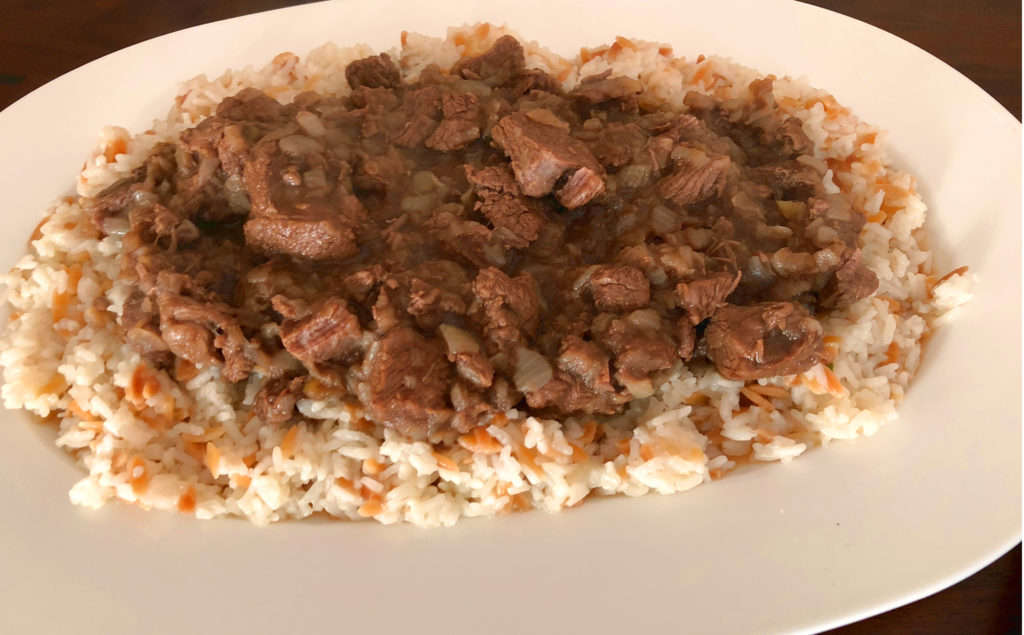
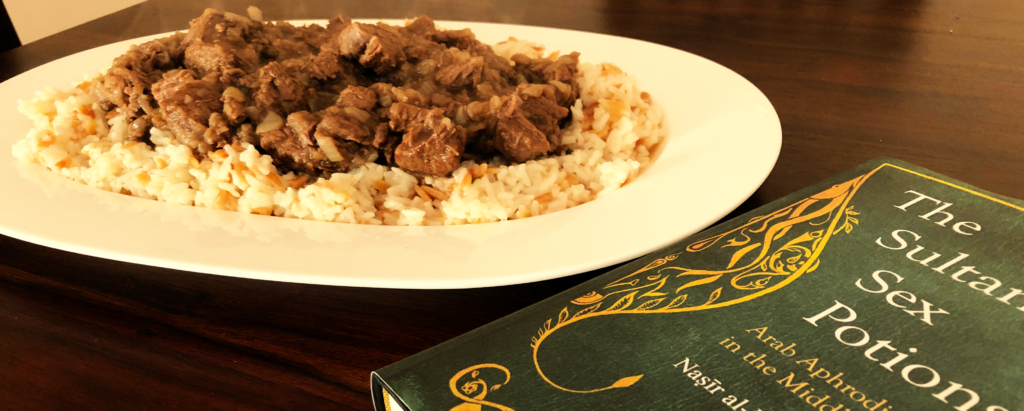
This rabbit feast comes from a 13th-century Andalusian treatise and involves stuffing the meat of one rabbit inside another! The meat for the stuffing is made with onion, fresh coriander juice, various spices, and eggs. This is then sewn inside the second rabbit, which is roasted on a spit, or in a pot. Any meat that cannot fit into the rabbit is turned into meatballs, which are roasted or fried with the rabbit. The final stage of the preparation requires making a lid with almonds, sour leaven, walnuts, eggs and rue to continue the cooking of the rabbit. When the dish is ready, the rabbit is opened up and decorated with eggs, meatballs and spices. [Andalusian, fol. 15v.]
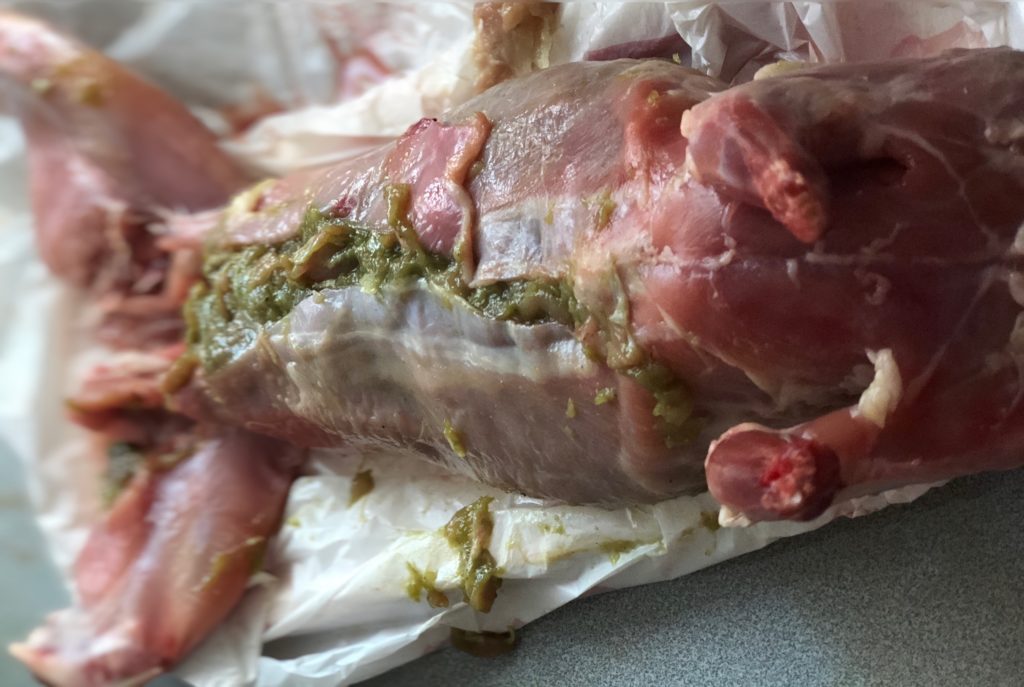
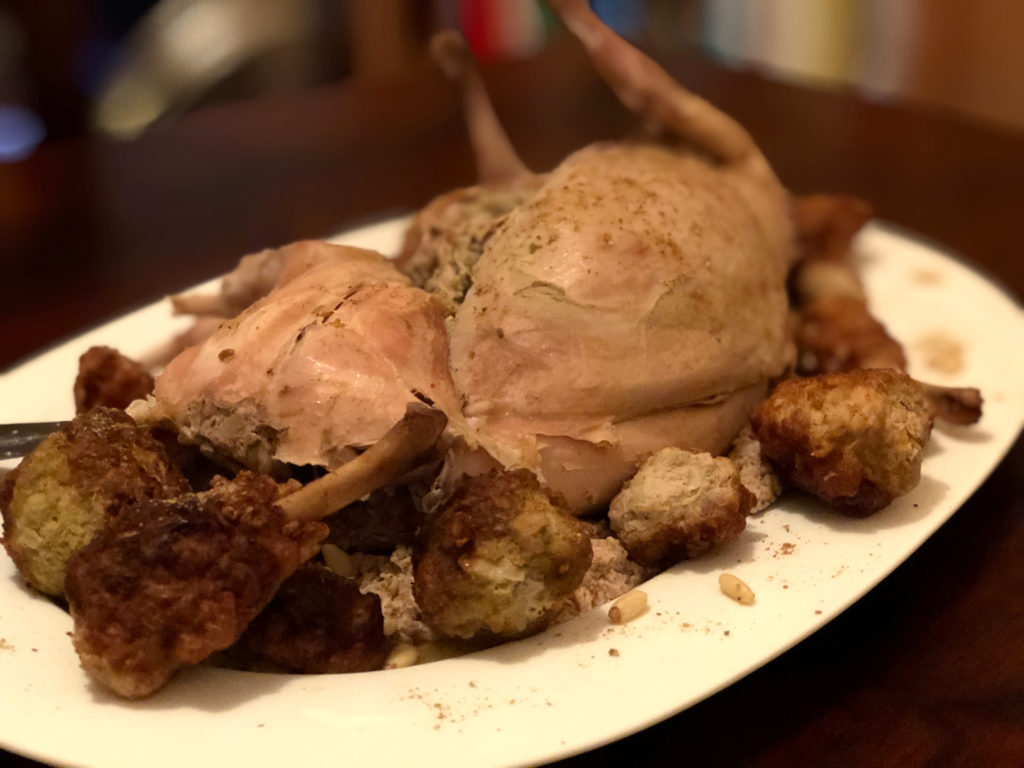
This highly popular delicacy (also known as judhab), is a drip pudding; a chicken is roasted above a kind of bread pudding made by layering flatbread and, in this case, bananas (though other fruit, such as dates or apricots, was used as well). The juices of the chicken suffuse the pudding and keep it wonderfully moist. It was usually served with pieces of chicken on top of the pudding, but you can also simply have parts on the side. This particular variety is said to have been the creation of the third Abbasid caliph Ibrahim al-Mahdi (779-839), a renowned gourmet (and author of a cookery book), as well as a gifted poet and singer. In the course of its history, the dish underwent a number of transformations (in Muslim Spain, for instance, it referred to layered waffles and nuts stuffed with chicken) before disappearing from the Arab culinary repertoire altogether.
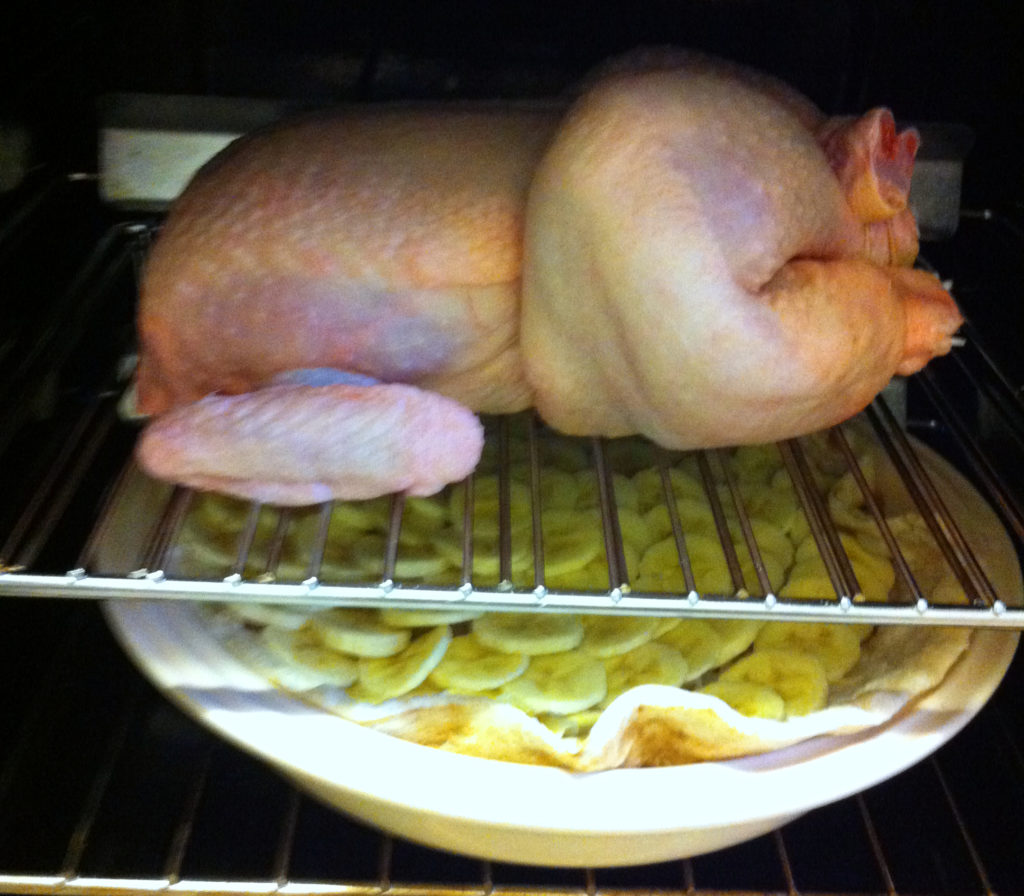
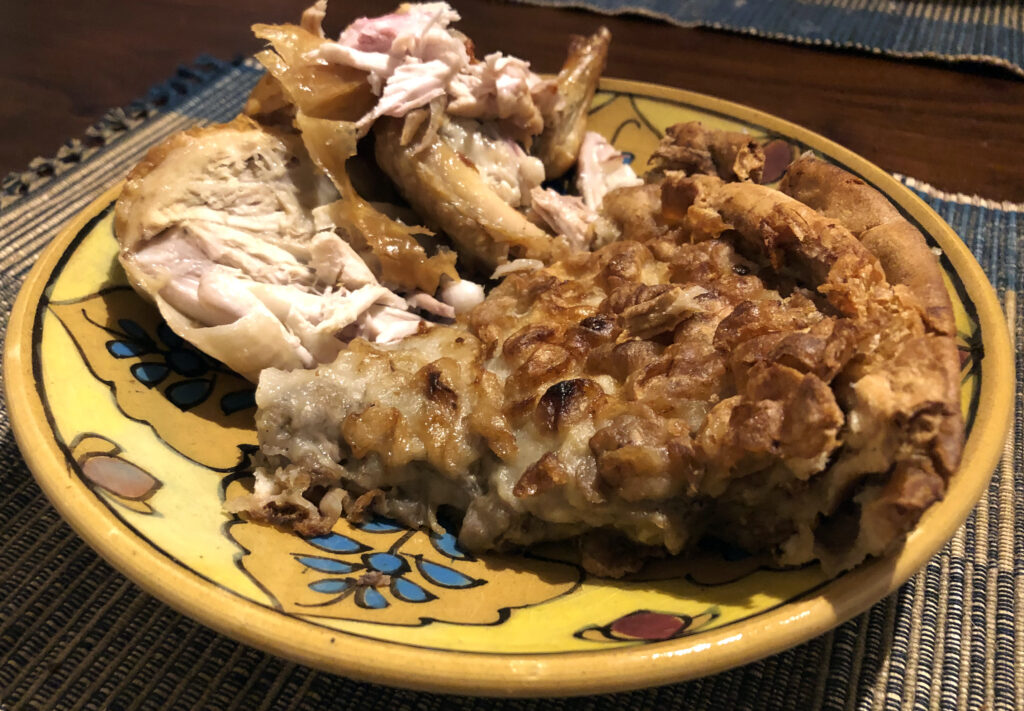
A layered omelette with mince meat of your choosing (but chicken works best). The meat is cooked with spices (except cumin), olive oil and rose water. The meat is then layered in between omelettes and cooked. [Andalusian, 20v.-21r.]
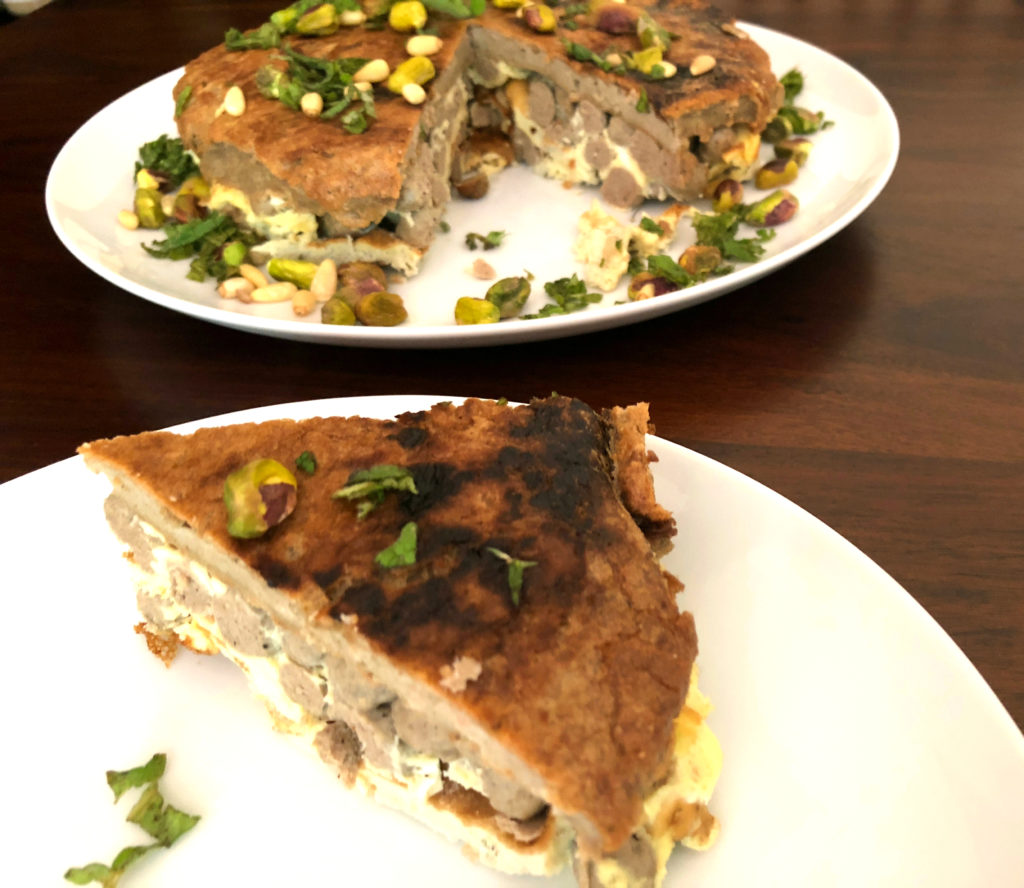
This is the 13th-century ancestor of a modern North African favourite, which still bears the same name, even if the result is somewhat different. These sweetmeats are made with semolina dough, stuffed with sugar and almonds, or dates, and then deep-fried in oil until golden and crispy. Sprinkle on sugar before serving. [al-Tujībī, 2012, p. 79]
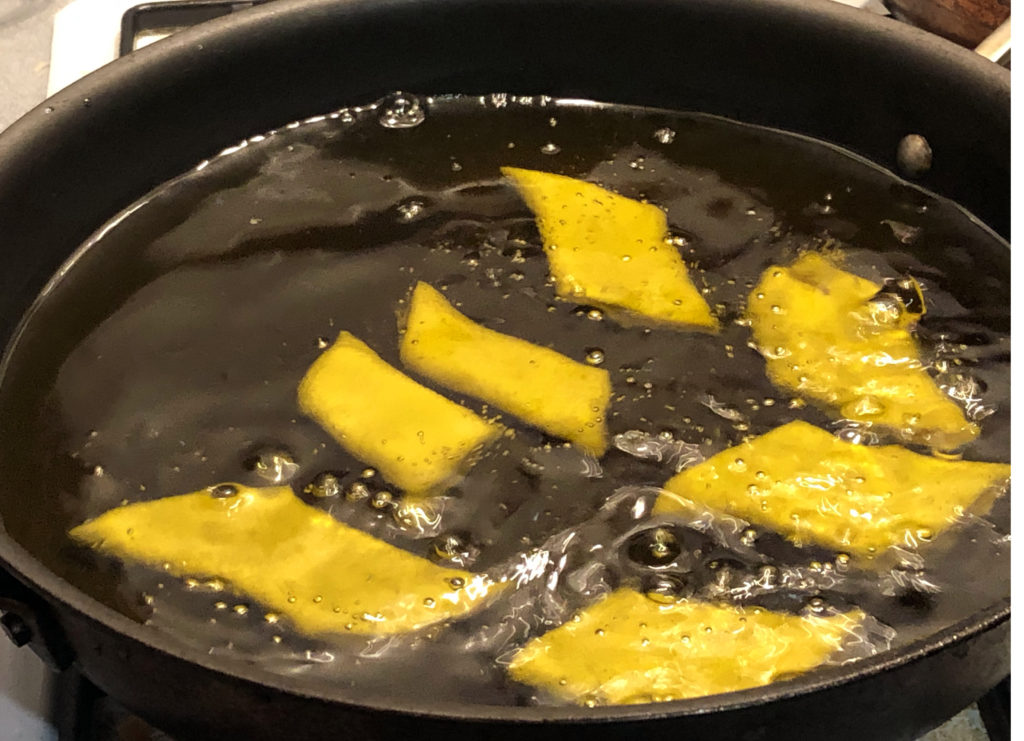
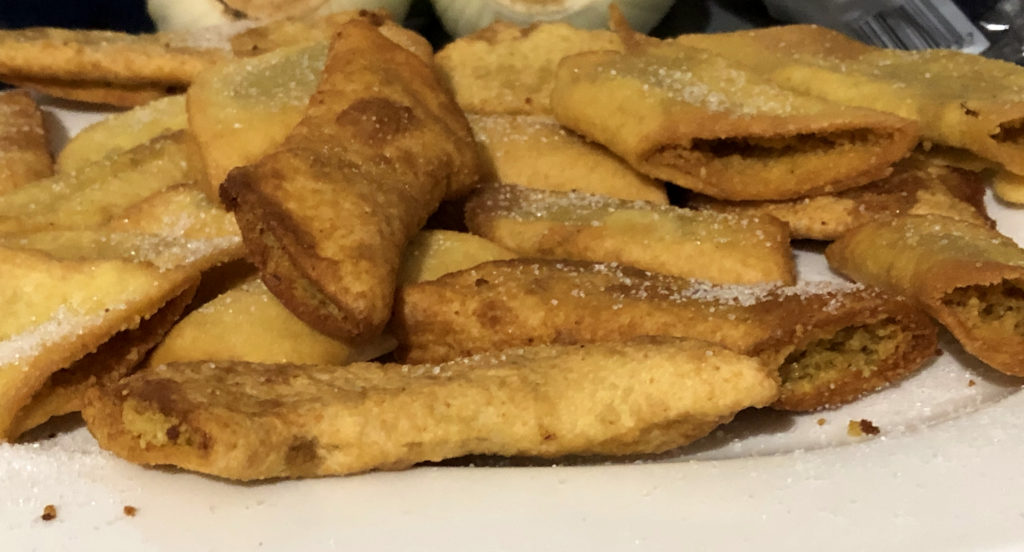
A great vegetable dish from 14th-century Egypt, made with chickpeas, walnuts, salted lemons, olive oil, tahini, coriander, caraway, rue, aṭrāf al-ṭīb (أَطْراف الطِّيب), mint, wine vinegar, and pistachios. If you think that you’ve seen this one before, you’re right since it is the ancestor to the modern favourite hummus!
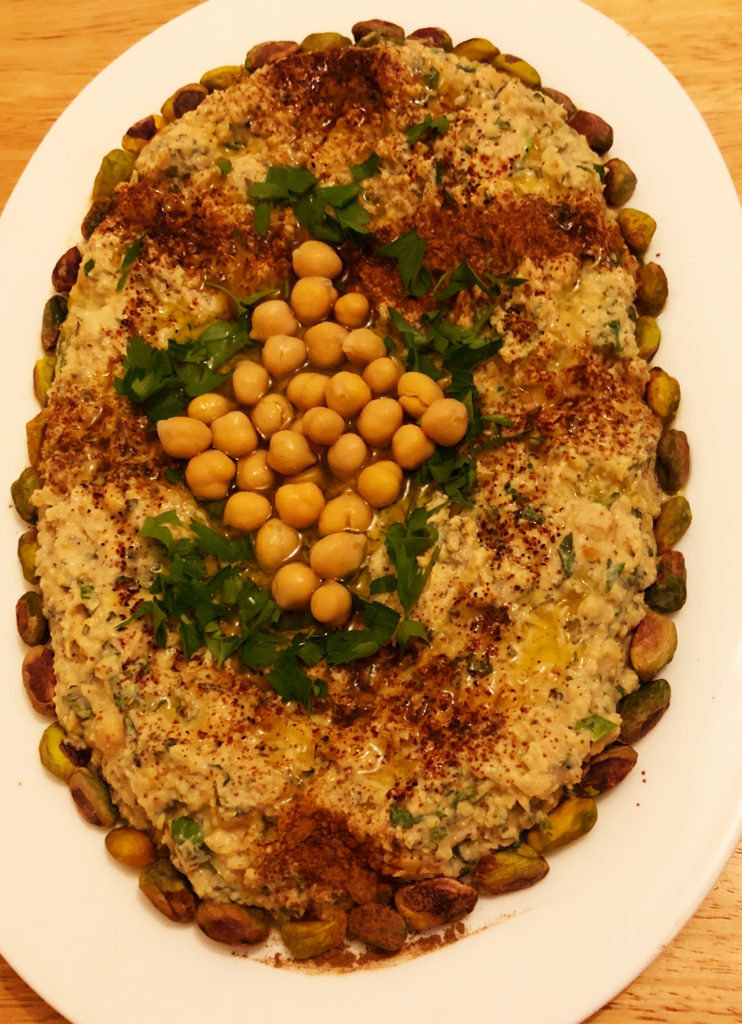
This tagliatelli-type pasta is referred to in several culinary treatises, and sheds some interesting light on the history of pasta. In the recipe recreated here it is part of a dish which also contains sour yoghurt, meat (you can use chicken, lamb or beef), garlic, pepper, onions, and coriander (both fresh and dried). Some of the meat is cut into slices, the rest is shaped into balls. The pasta is served on top of the yoghurt, with the meat being put on last. [Ibn Mubārak Shāh, fol. 12r.]
